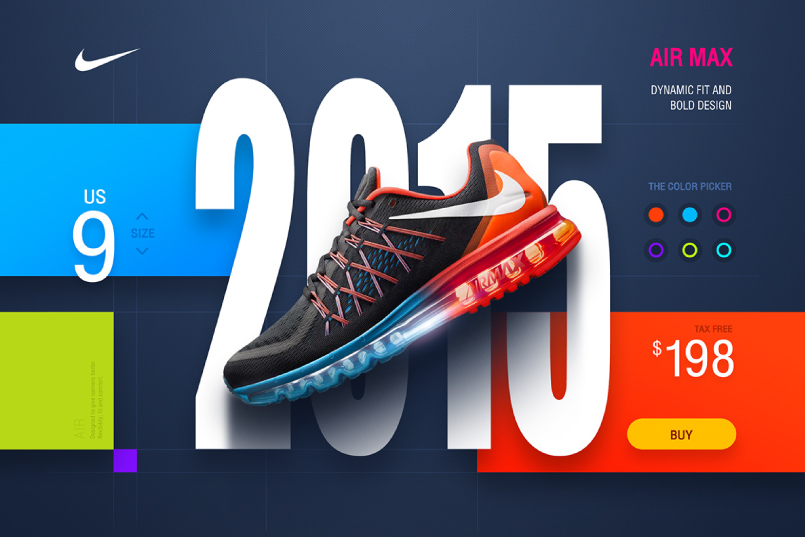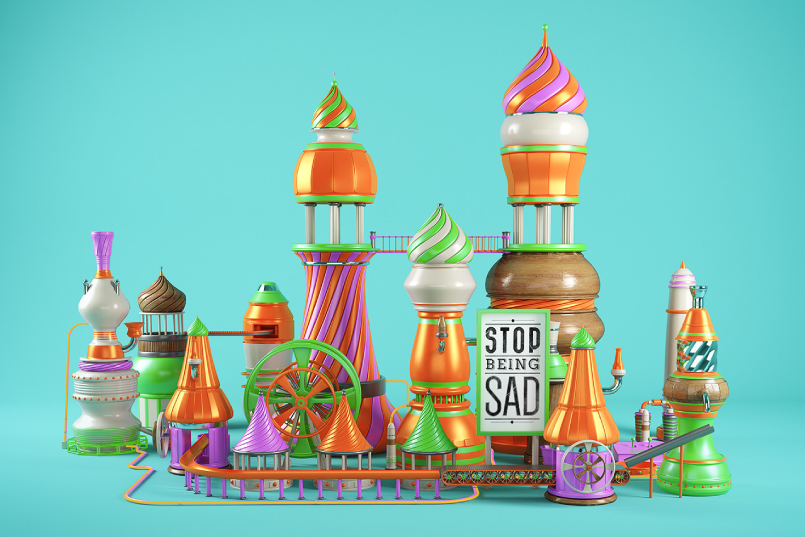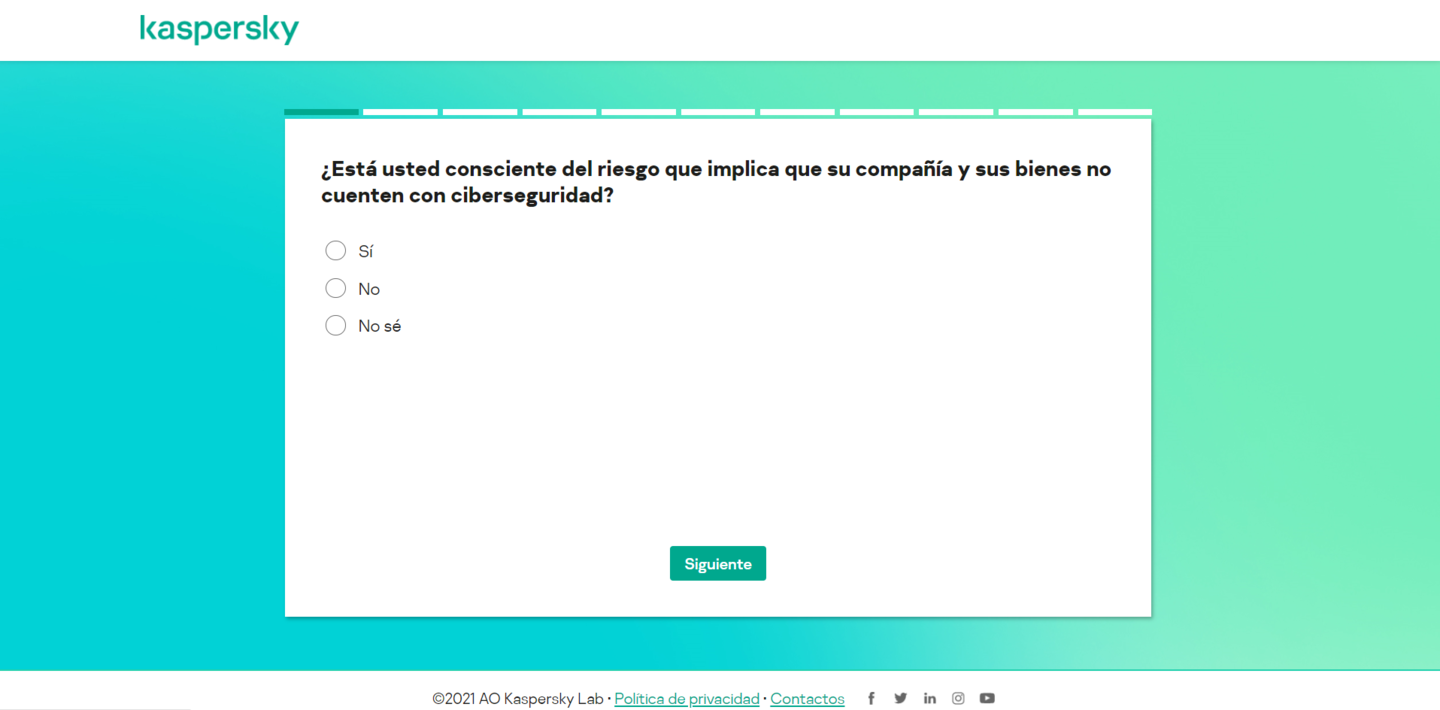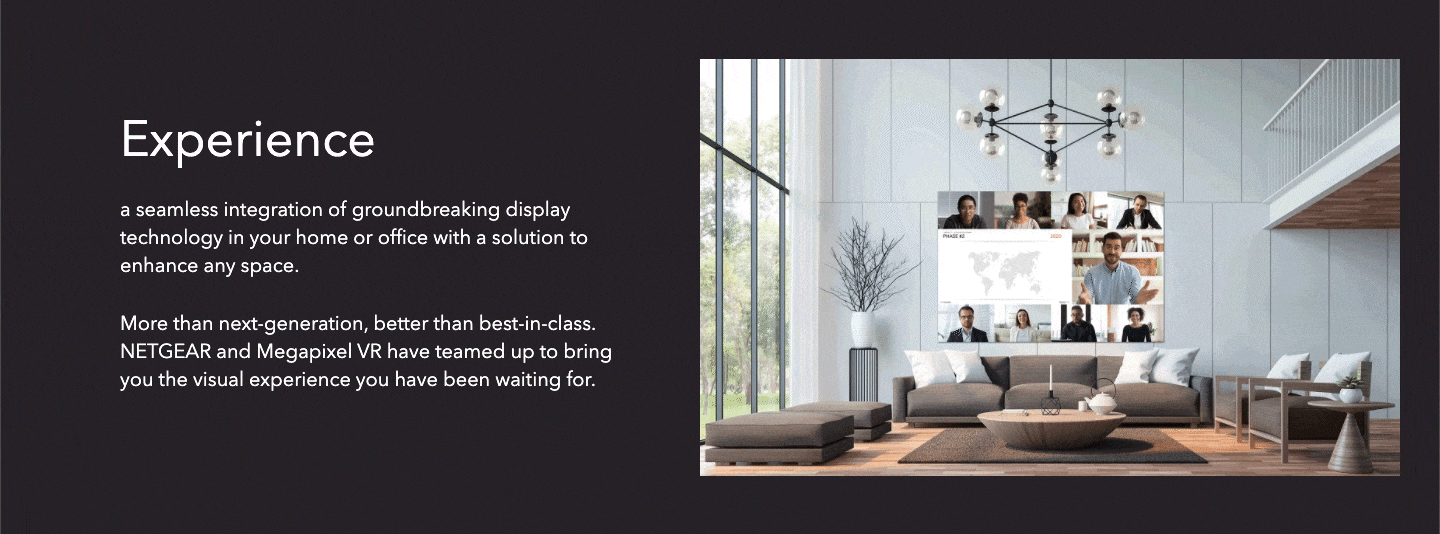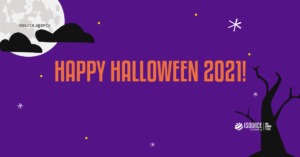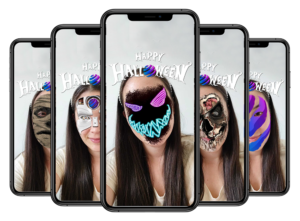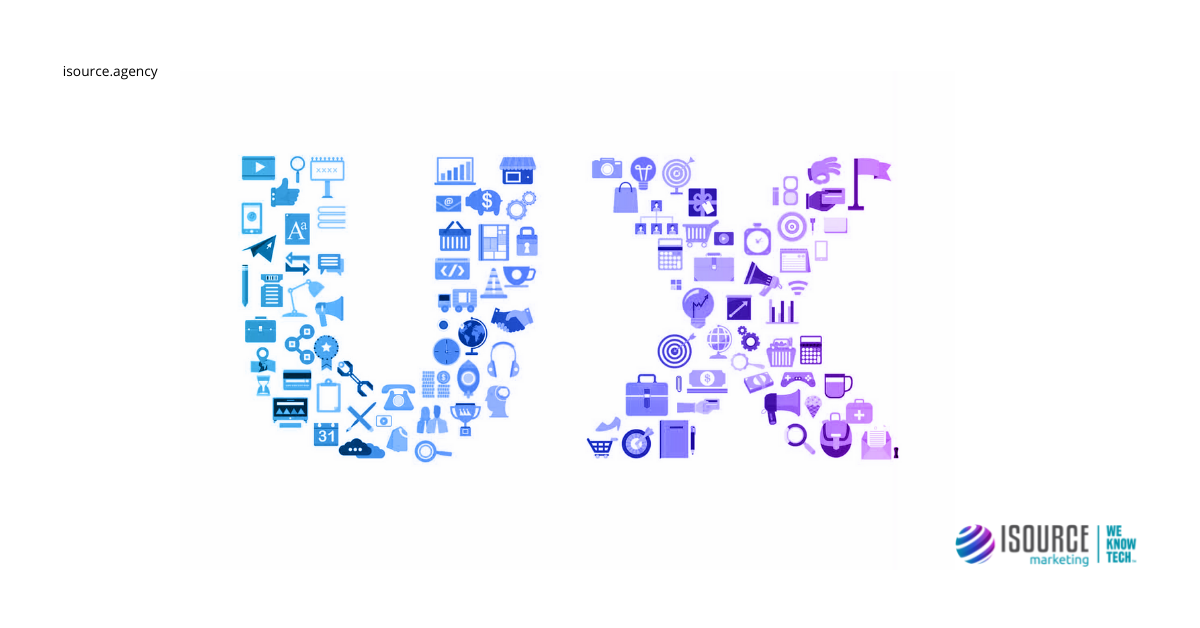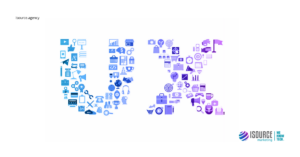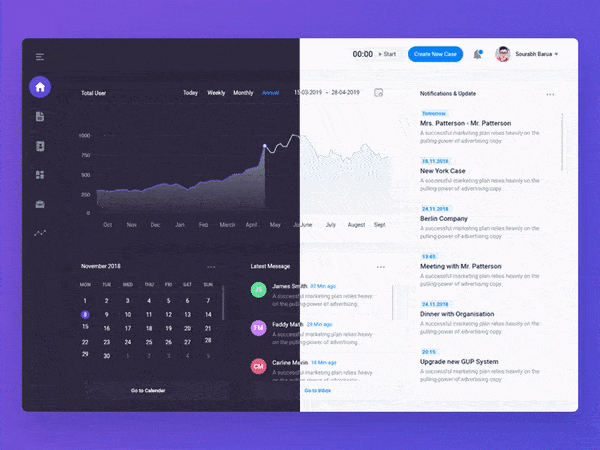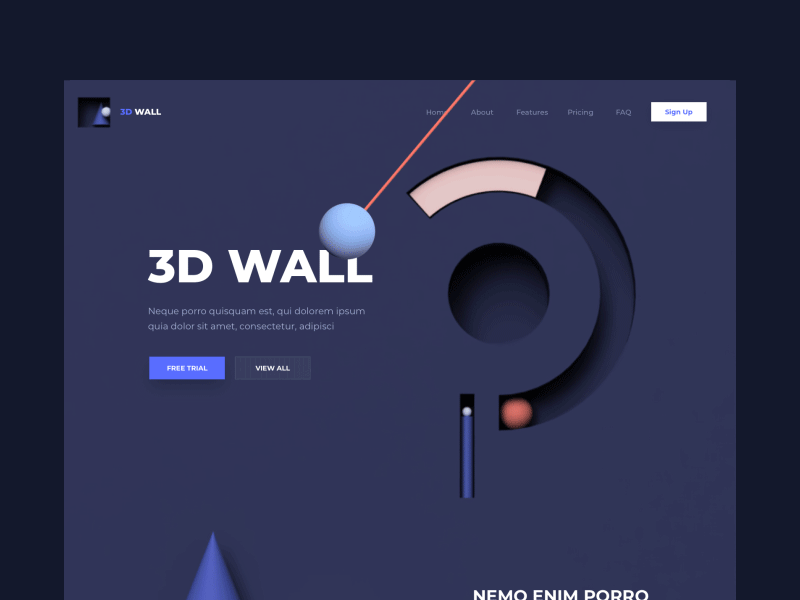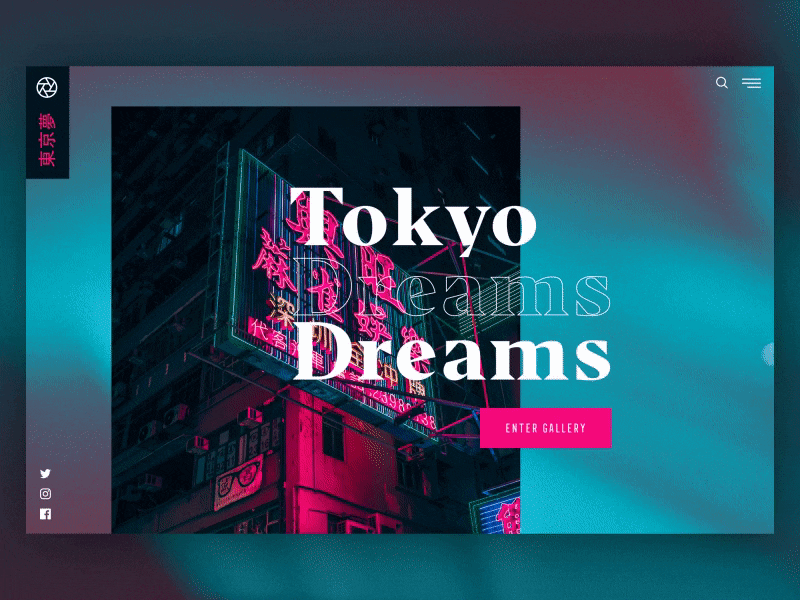Design thinking: Think big to generate value for your business
 Design thinking is an iterative process that utilizes a set of design techniques to generate, develop, and test new ideas in order to create products and services that are technologically possible and financially viable.
Design thinking is an iterative process that utilizes a set of design techniques to generate, develop, and test new ideas in order to create products and services that are technologically possible and financially viable.
It is based on the generation of empathy, by understanding the problems, needs and desires of users, as well as teamwork, since it values the contribution of various collaborators who participate in the process. It also promotes the playful side, that is, enjoying the process itself and fostering the ease required for the process to be effective.
Why should you apply design thinking in your business?
More and more Business to Business (B2B) companies recognize the value of design thinking, and we are frequently asked by current and prospective clients how to incorporate this technique into their internal processes in order to better understand their clients’ needs and enhance sales.
According to some research, team members that utilize design thinking outperform those that use other innovative approaches, particularly in terms of relevance and viability, since it places the human being in the eye of the hurricane, which is critical for any business.
There are several techniques for design thinking. One of them, perhaps the most used, is SCAMPER, an acronym for Substitute, Combine, Adapt, Modify, Propose other uses, Eliminate and Reorganize. The Customer Journey also stands out, although it is not a creative technique, it appeals to the journey made by the consumer in the purchase cycle, which allows information about their habits to be obtained. . Lastly, there is the Mind Map, a visual technique that manages to stimulate neuronal connections, giving rise to innovative and surprising ideas.
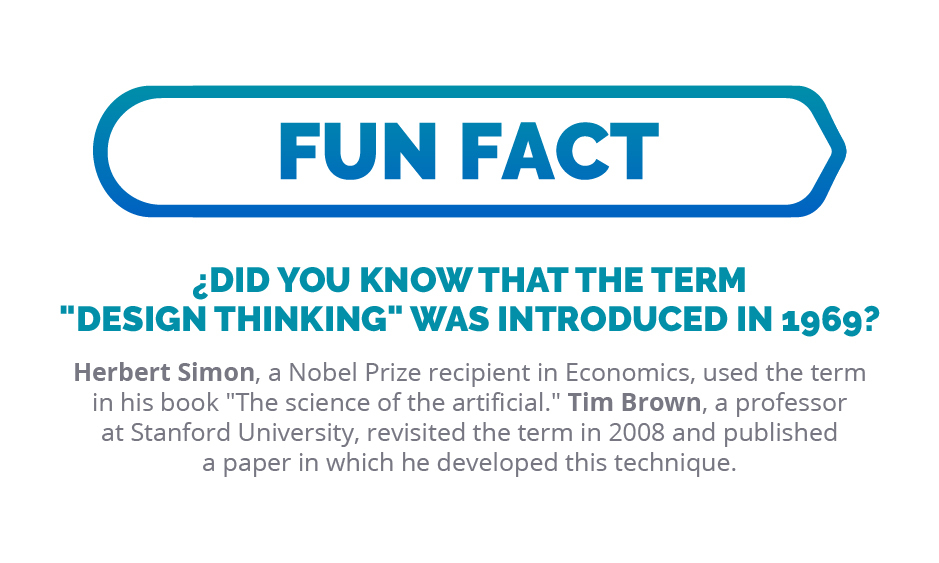
5 stages of design thinking:
1. Empathize: It is about understanding the problem that the client needs to solve. This phase usually begins with a user or consumer research.
2. Define: It consists of identifying and defining the needs and challenges that we face.
3. Generate ideas: Thinking outside the box is crucial at this stage, in order to seek alternative ways of looking at the problem and identify innovative solutions.
4. Make prototypes: We begin by determining the best solution for each challenge. We must build or design very primitive versions of the final solution.
5. Perform tests: The evaluators thoroughly test and review the proposed sketches or solutions. It will revert to previous stages if necessary to make modifications and improvements.
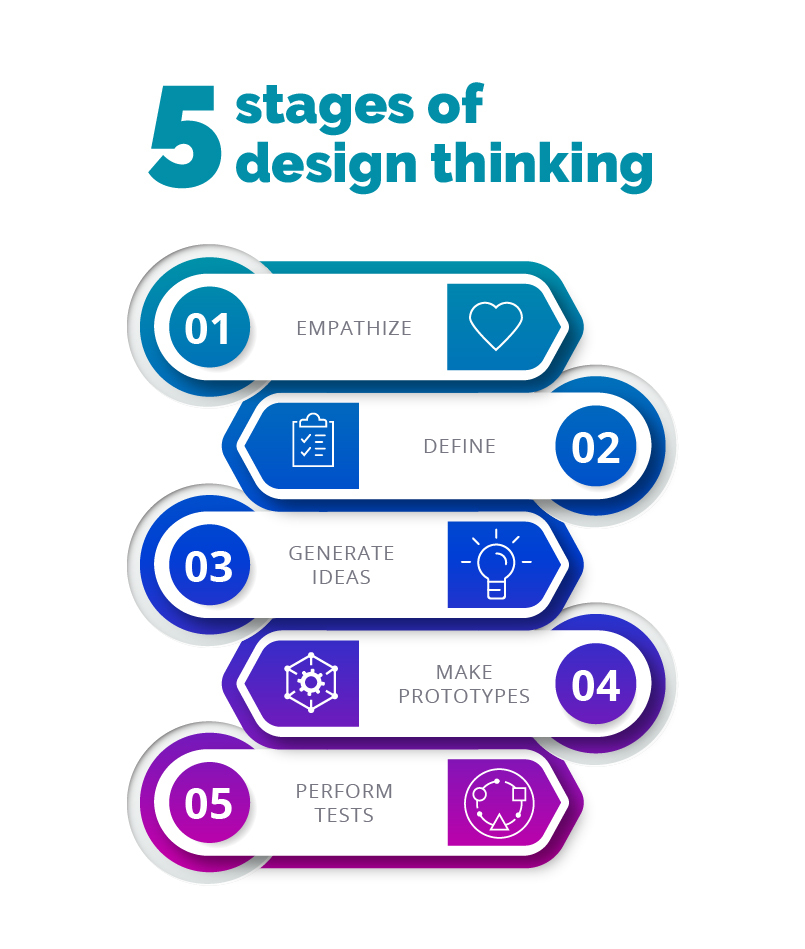
In what other processes does it help to implement design thinking?
1. It allows for the improvement and growth of other stages of the sales strategy. Because it encourages innovation and creativity and results in more relevant value propositions for customers.
2. The current digital dynamic encourages feedback and insight discovery. It is now feasible to communicate directly with customers through technical means, such as forms, email marketing campaigns, and social media.
3. Encourage teamwork. Involving individuals from all positions in the development of solutions boosts motivation.
4. Optimize costs. It allows low-cost implementations before making decisions and making larger investments.
As you can see from this blog, the design thinking process may assist you in developing successful solutions for your projects. And, as a communication and digital marketing agency, Isource Marketing is here to support you. Do not hesitate to contact us by clicking here: https://isource.agency/#contact



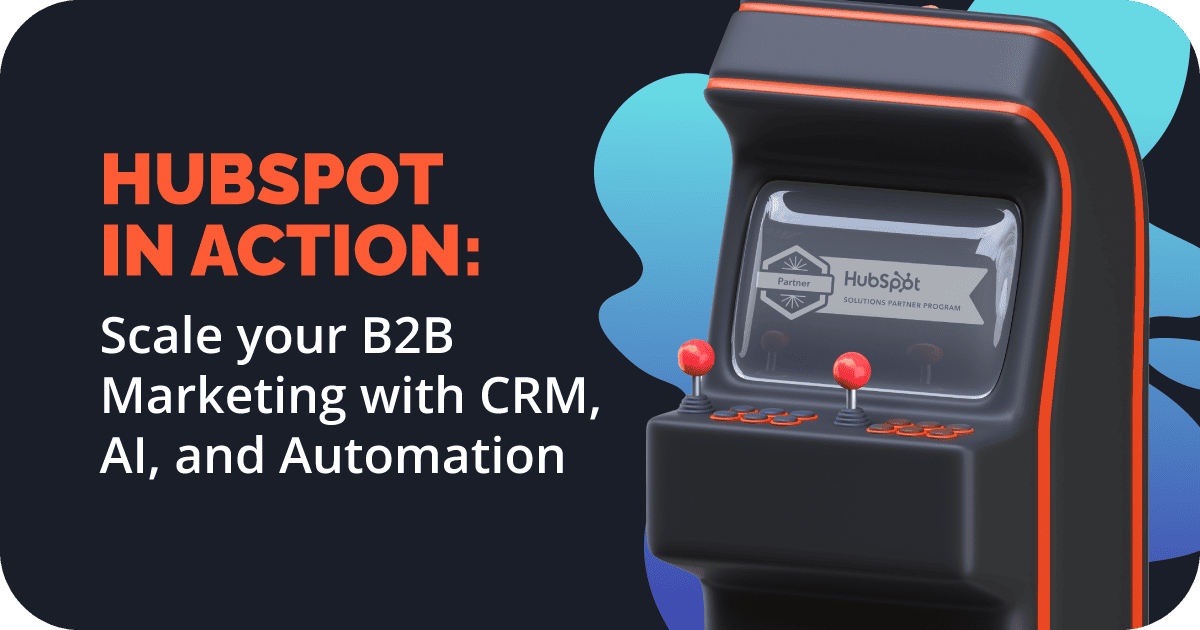
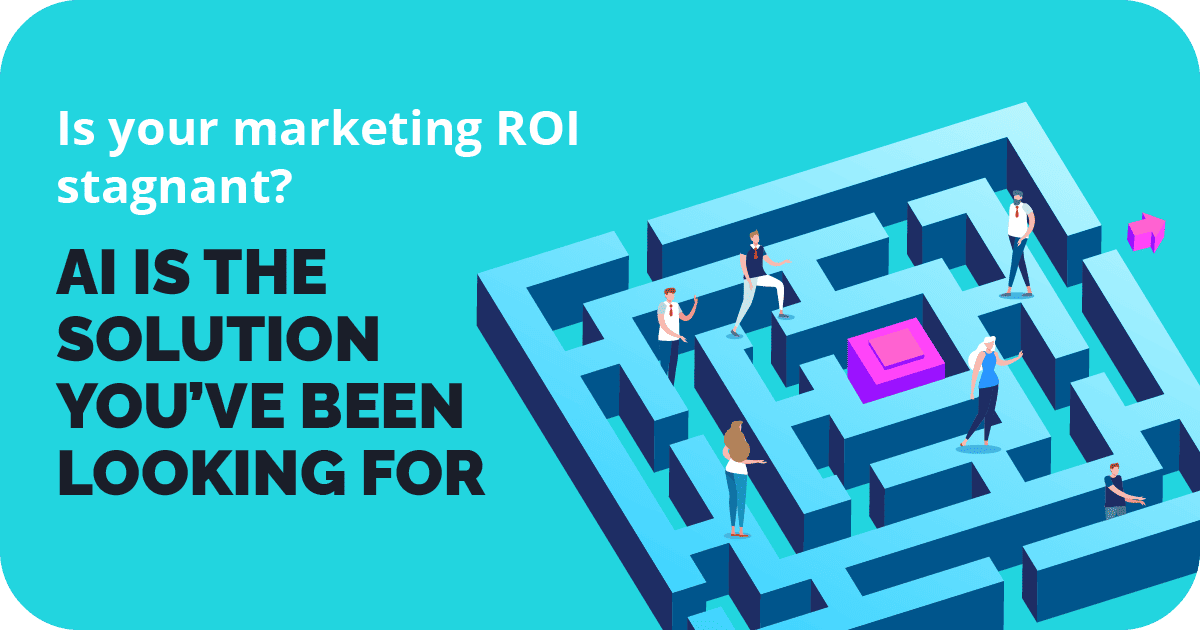
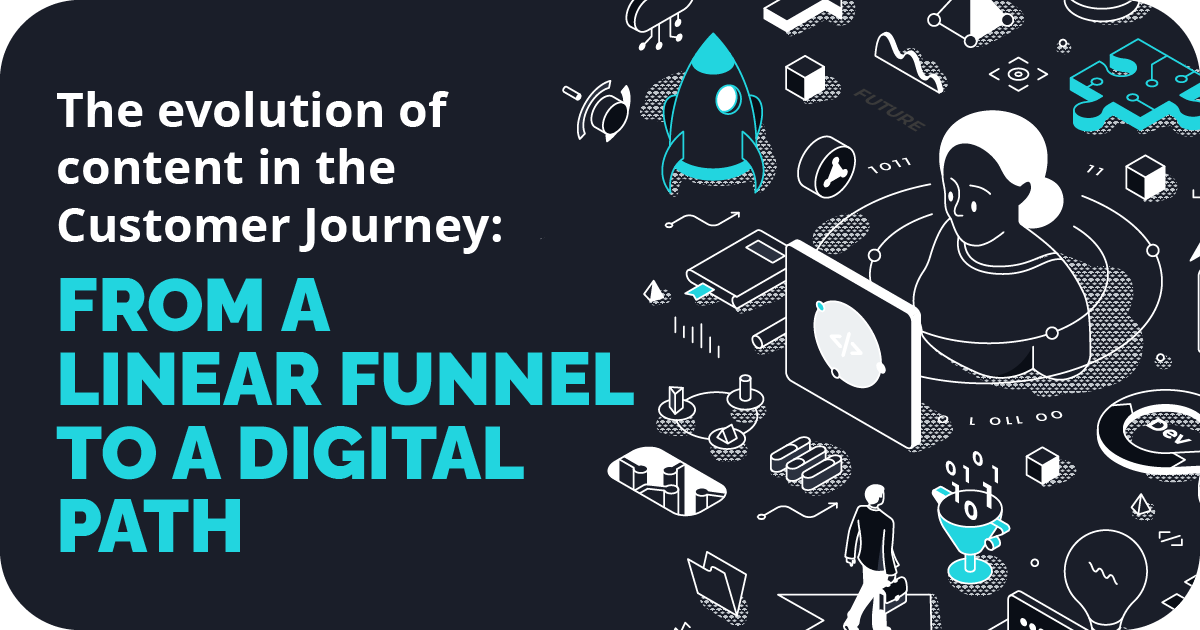
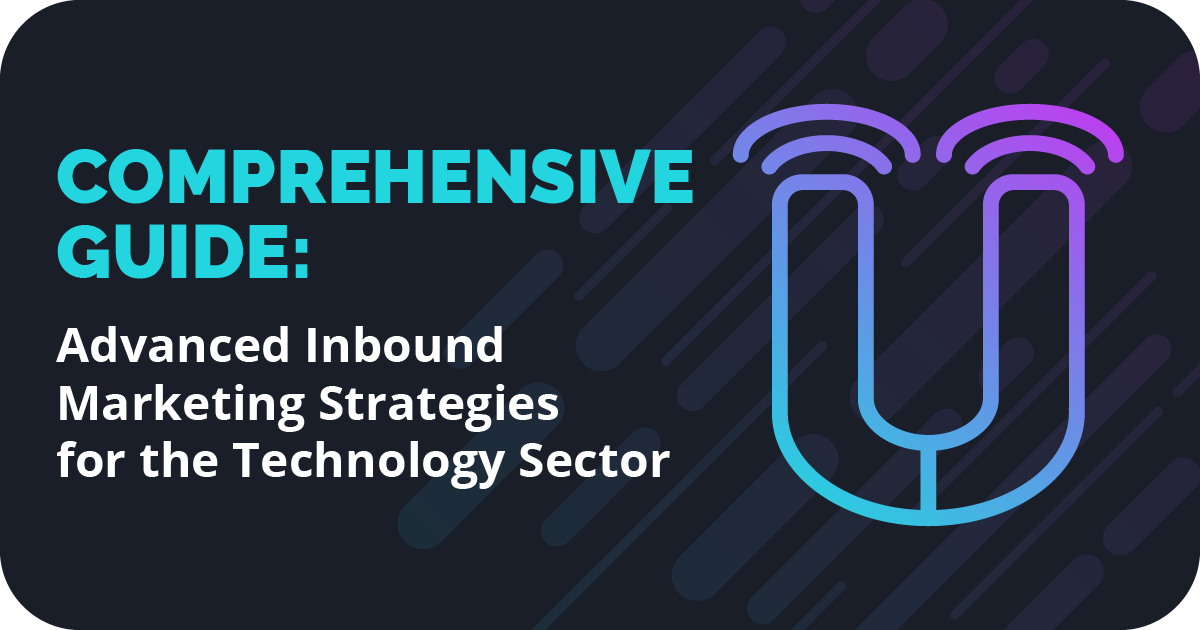
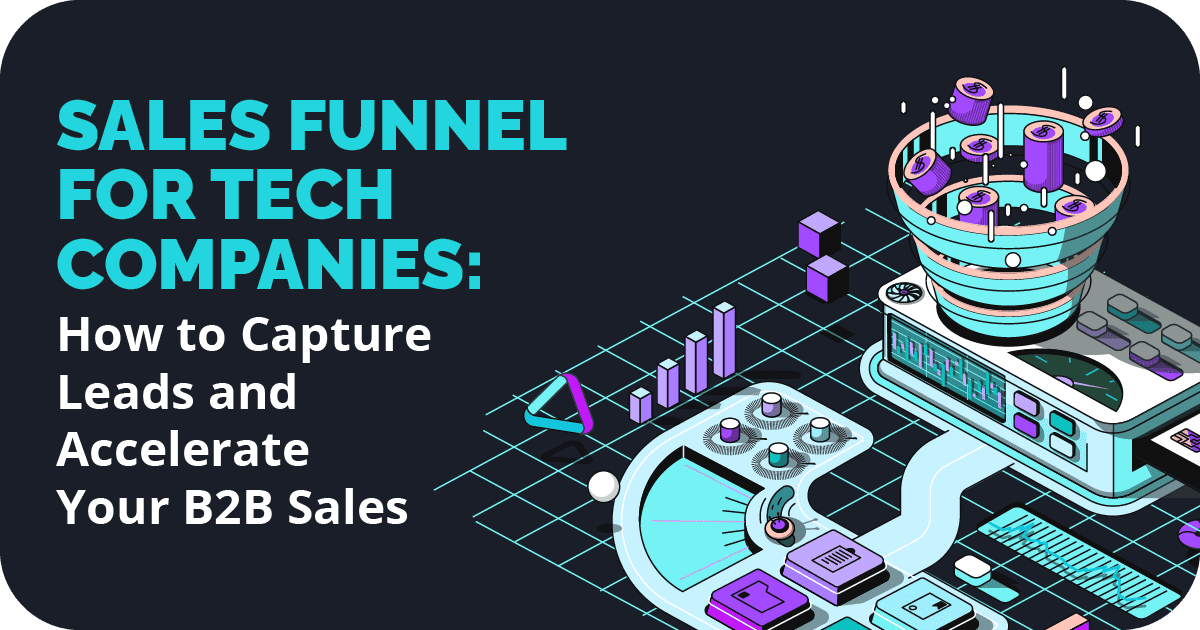
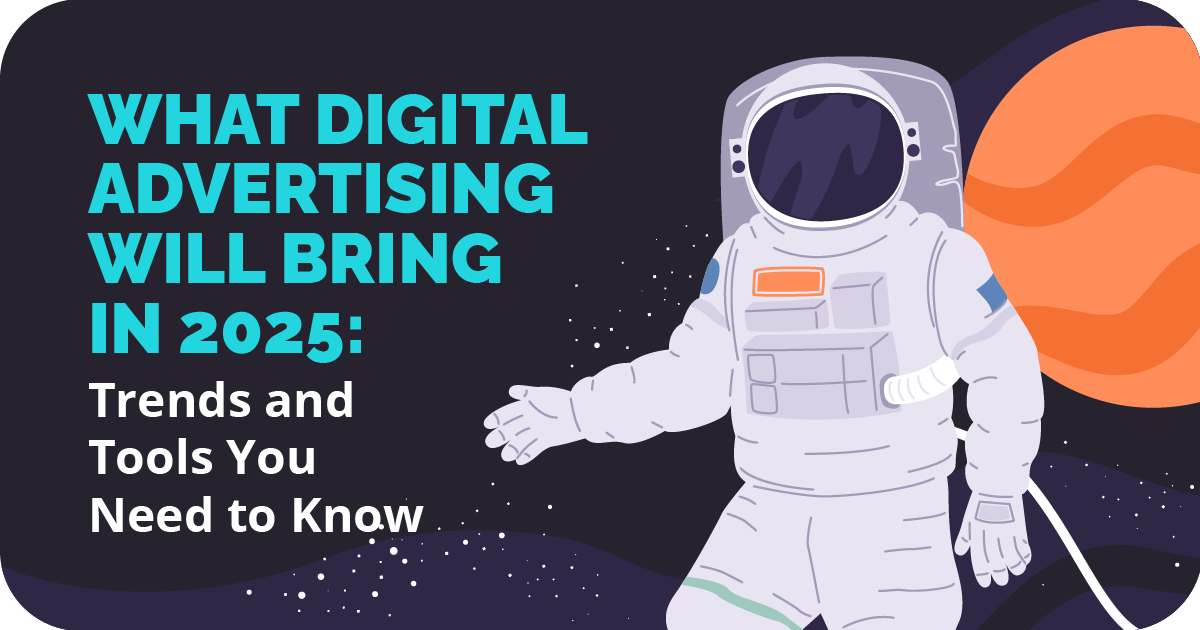

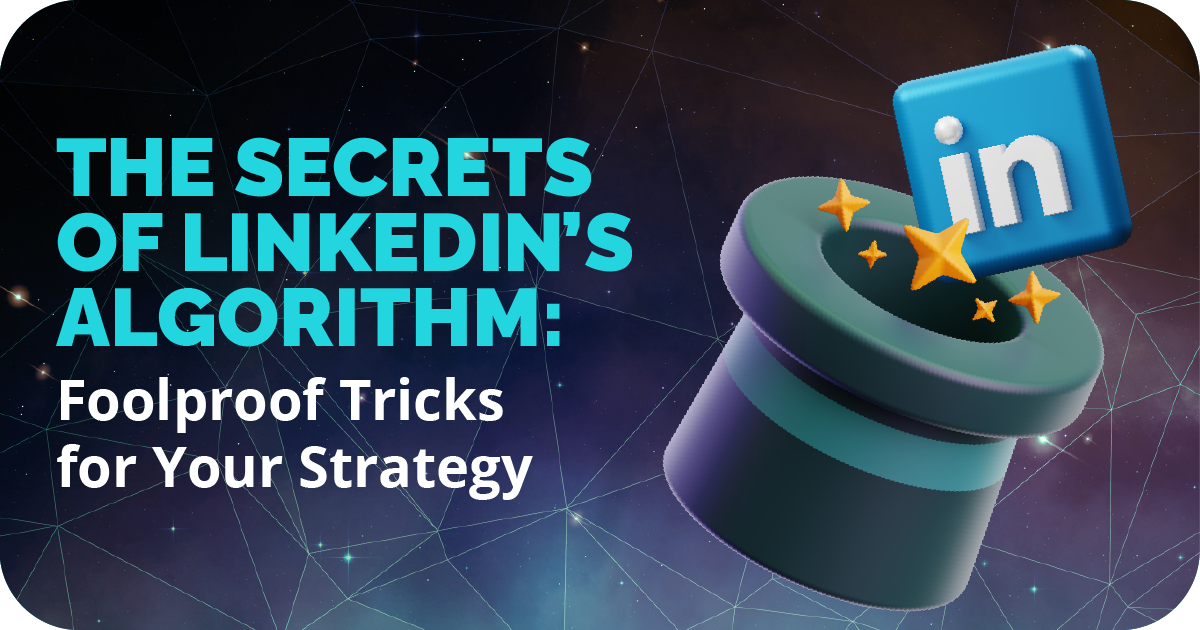

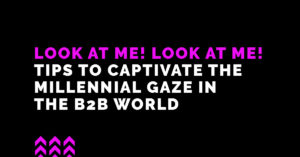 The millennial generation (born between 1981 and 1996) is the first to come of age in the new century and is expected to be a key economic force in the decades ahead. According to
The millennial generation (born between 1981 and 1996) is the first to come of age in the new century and is expected to be a key economic force in the decades ahead. According to 